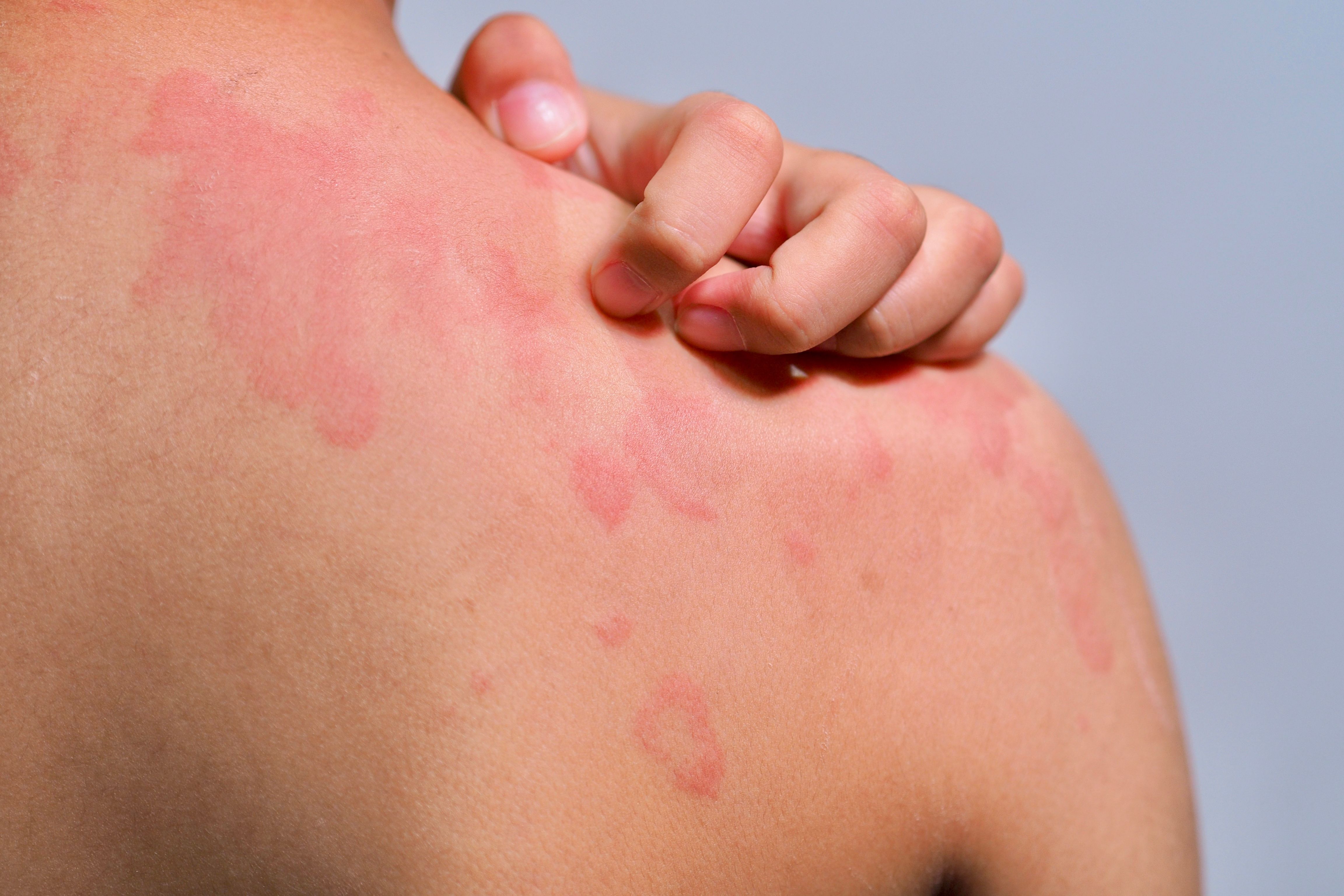Article
Researchers Outline Treatment Options for Nail Psoriasis, Other Common Nail Disorders
Author(s):
Problematic nail conditions range from nail psoriasis (NP) to paronychia, which are commonly seen in clinical practice and result from infectious, inflammatory, neoplastic and traumatic etiologies.
A pair of researchers have published a new paper on management options for a variety of nail conditions, highlighting the importance of treatment to prevent the worsening of the condition, leading to impaired performance of daily activities and quality of life.
The pair outlined treatment approaches on nail conditions ranging from nail psoriasis (NP) to paronychia, which are commonly seen in clinical practice and result from infectious, inflammatory, neoplastic and traumatic etiologies.
The treatment of NP, occurring between 50% and 79% of patients with psoriasis, is determined by several factors, including how many of the nails are affected, as well as the severity of disease, and impact on quality of life.
“All NP patients should be counselled on general measures, including proper nail care and avoidance of activities that may further aggravate the disease,” explained the researchers. “Prevention of mechanical trauma is highly emphasized, not only because it can worsen NP, but because it may also reduce the treatment efficacy. These discussions increase patient satisfaction and compliance with treatment.”
In cases of no or limited skin psoriasis and NP in 3 or fewer nails, initial treatment includes intralesional steroid injections—with potential side effects of subungual hematoma, short-term paresthesia, and atrophy—as well as a combination of topical steroids and vitamin D analogues. For patients with 3 or more nail affected by NP, systemic treatment is considered, including acitretin, cyclosporine and methotrexate, all of which require monitoring due to the risk of systemic adverse effects.
Newer options for the condition include biologics such as anti-TNF-α inhibitors, IL-17 inhibitors, and JAK 1/3 inhibitors. These classes of treatment demonstrate more rapid and prominent improvements with less side effects, though come with a higher cost and increase of infections.
For brittle nails, the researchers explain that emollients and humectants improve nail hydration and that nail hardeners may also aid in the condition, though they have the potential for worsening fragility and onychoschizia. Biotin is commonly recommended by physicians and self-prescribed from patients for brittle nails, though the researchers of the study note that there is limited evidence of its efficacy. The vitamin has been associated with alterations in lab tests.
In the case of fungal nail infections, treatment priority centers around resolving the infection and restoring the nail to its normal state. Systemic therapies, such as terbinafine and itraconazole, are often used in the condition due to the availability and affordability of the treatments. Fluconazole is also used as off-label treatment. In older patients who are more likely to have underlying conditions, are typically treated with terbinafine due to its low risk of side effects and drug interactions relative to itraconazole.
Meanwhile, for paronychia, which could be acute, chronic, or resulting from chemotherapy, treatments are more conservative, but oral antibiotics are considered if the infection persists. These initial approaches include warm water and vinegar or antiseptic solutions. In chronic cases, its recommended to avoid irritants and moisture, and topical and systemic treatments are also leveraged. Topical treatments have been shown to be more effective as initial treatment than antifungals, which were previously considered first-line treatment in chronic cases. In the case of these treatments failing to resolve chronic paronychia, surgical intervention may be required.
Reference
Lee D, Lipner. Optimal diagnosis and management of common nail disorders. Ann Med. 2022;54(1):694-712. doi:10.1080/07853890.2022.2044511.





